Earlier this year I read John Hildebtandt’s fantastic book, Always Cedar Point: A Memoir of the Midway. As John himself says, his book is not a history of Cedar Point nor a corporate history of the park, but rather his personal experiences from his 40 years of service from 1974 through 2014.
As general manager, John oversaw every aspect of Cedar Point, and he gives insight into all of them in his book. From design and building new rides, to trying to figure out what variables contributed to attendance the most, Always Cedar Point opened my eyes to aspects of running an amusement park I never knew before.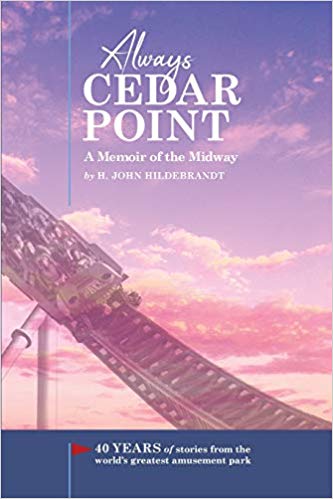
Previously I shared some of my favorite direct quotes from the book. But there’s so much information packed between the covers I had a few more to share. Here are seven things I learned about Cedar Point while reading Always Cedar Point.
1. Cedar Point wasn’t always the roller coaster capital of the world. As recently as 1974, there were only four roller coasters at the park: Jumbo Jet, Blue Streak, Cedar Creek Mine Ride, and Wildcat. A lot has changed in less than fifty years.
2. Cedar Point surpassed three million guests for the first time in 1976 after the introduction of Corkscrew. Even more amazing – this was accomplished in only 102 operating days (the season is now closer to 160 days). That’s an average of 29,412 visitors per day. They also had their first 50,000 guest Saturday. It’s crazy to try to picture how busy it must have been considering there were far less coasters. There wasn’t even a Gemini midway in those days.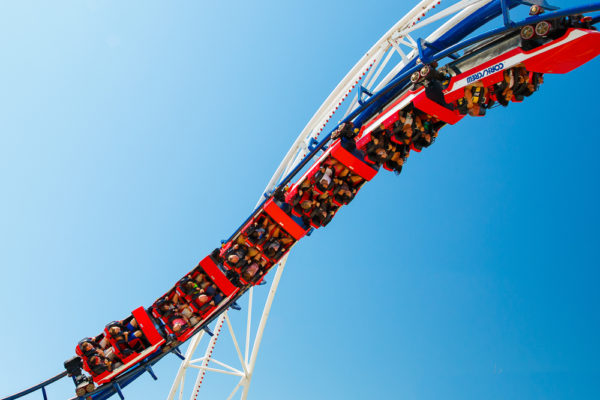
3. Banshee/Mantis wasn’t the only coaster to get announced then renamed. The original name for Corkscrew was The Great Lake Erie Roller. It was the first coaster to offer three inversions (and was just beat out by days by Six Flags Magic Mountain’s Revolution to have the first modern safe vertical loop).
4. Cedar Point once tried to build a western-themed amusement park and campground in the Irish Hills area of southeastern Michigan. The plan failed when they couldn’t get the 200-acres rezoned due to public opposition. They sold the land in 2012.
5. In February 2006, corporate planning met at Universal’s Hard Rock Hotel to decide which type of roller coaster they should build next: an Intamin multi-launch coaster or a B&M floorless roller coaster similar to SeaWorld Orlando’s Kraken. The floorless would’ve been scaled up to 200 feet to break all the records for the floorless genre at that time, but some planning members didn’t like the fact that it was just a bigger version of a few existing rides. Instead, they opted for the more unique coaster: Maverick. The floorless coaster eventually came to Cedar Point in the form of Rougarou and Valravn.
6. Names considered but not used for Gemini: ThunderFlash, The Screaming Banshee, Double Trouble, Fun’s Run, Twin Spirits, Tandemonium, Double Dare, Lakeshore Drive, Demon Duo. Gemini was a capacity machine and once gave 1.6 million rides in just 83 days (or 19,277 per day).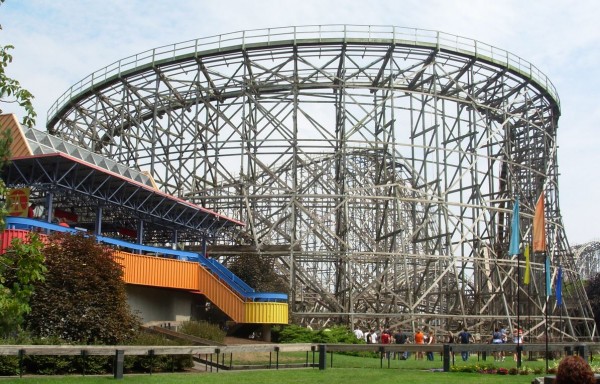
7. The roller coaster that would become Millennium Force was pitched to the board of directors in Cleveland in November 1998. Intamin and DH Morgan were considered to manufacture the ride (B&M was NOT considered, because they were too busy with other projects and couldn’t make it work within the timeline and at that time were mostly known for inversion coasters). Intamin was chosen mainly due to their proposed elevator cable lift system to solve the problem of saving space for the massive lift hill. Morgan would go on to build the 318 foot tall Steel Dragon 2000, beating out Millennium Force’s height record less than three months after it opened.
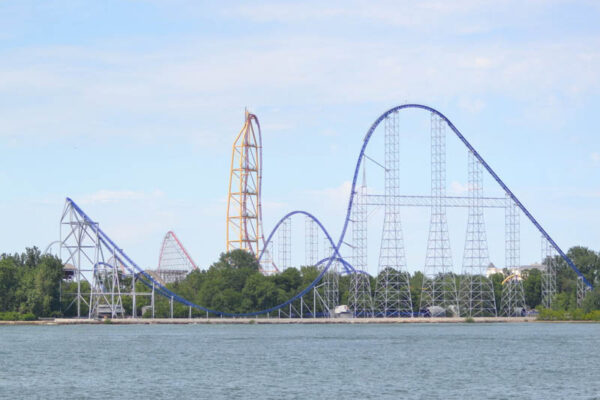
Millennium Force (Cedar Point)
Of course, these are not the only things I learned, not by far. There are many more details on things like Cedar Point’s Christmas event and how quickly the decision to increase the height on Magnum from 180 feet to 200 feet paid off. But you’ll have to get the book and read them for yourself.
Have you read Always Cedar Point? What new fun facts about Cedar Point, Cedar Fair, or Dorney Park did you learn?

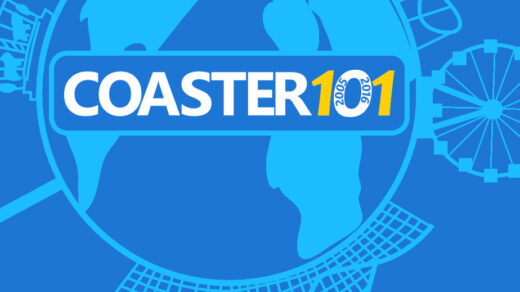
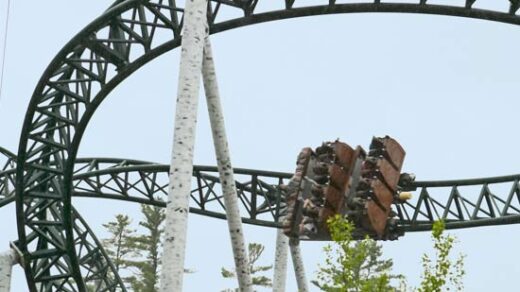
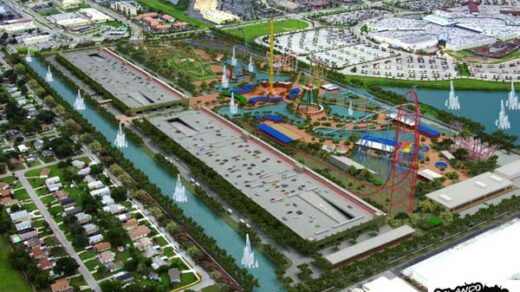



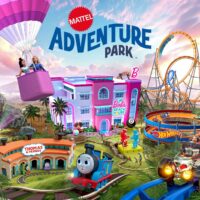





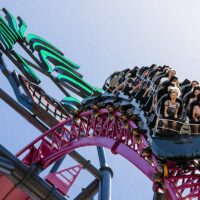
This list is wrong…please fix…